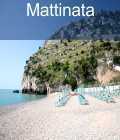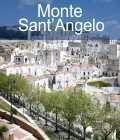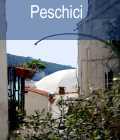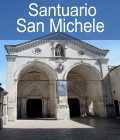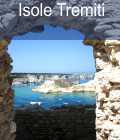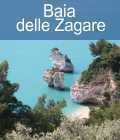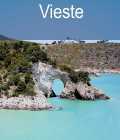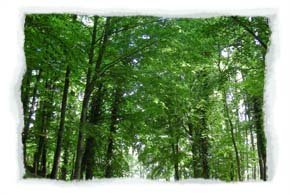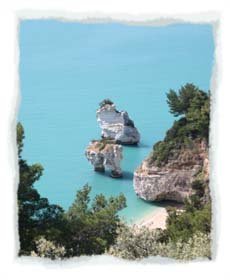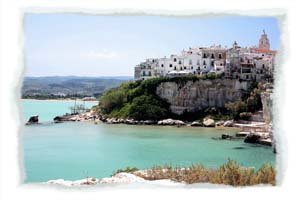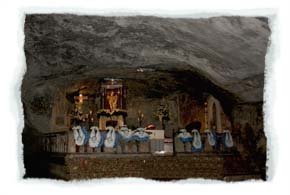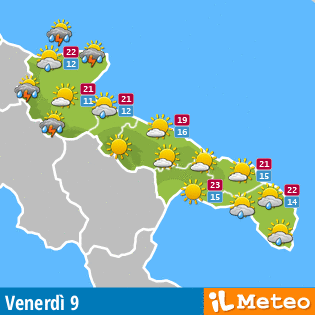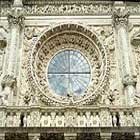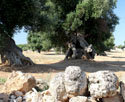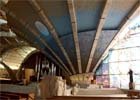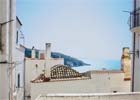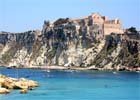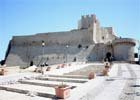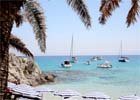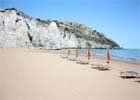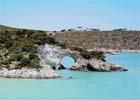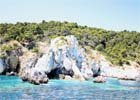Gargano
A world where the time seems to have stopped
The Gargano, known as the “Montagna Sacra” (Holy Mountain) because of the ancient consecration to Saint Michael, the Archangel, is situated in the northern area of Apulia. A mountain marked by charm, where the time seems to have stopped. Ancient maritime centres alternate with indented coasts sheer to the sea and thick woods of firs, beeches and Turkey oaks. The Gargano is a real heritage of historical, natural and spiritual treasures. A land which shows the traces of its millenarian history, where you can enjoy natural beauties and historical and religious riches
Places to visit
Blooming nature, cliffs and beaches, maritime centres and holy places
Those who love nature should absolutely visit the Gargano National Park. Here you can ride a horse, take a walk or ride a bike along the paths of the Foresta Umbra. Following the coast you can appreciate the majesty of this promontory and the beauty of the wood which seems to dive into the Adriatic sea. The long coast is characterized by beautiful white cliffs sheer to the sea and wonderful beaches with their crystal clear waters. Now and then you can see nice maritime centres such as Vieste, Peschici, Rodi Garganico, where you can enjoy a sense of peace and quiet, away from everyday life. Moreover this wonderful territory is characterized by the sacredness of its places such as the ancient sanctuary of Saint Michael and the contemporary and well know shrine dedicated to Padre Pio from Pietralcina. Finally we cannot forget the uncontaminated beauty of the Tremiti islands.
Foresta Umbra
The Foresta Umbra, green heart of the Gargano National Park, falls sheer to the Adriatic sea. It is characterized by an immense and thick nature with many varieties among which it is possible to admire the different species of shrubs: firs, beeches, Turkey oaks and yews. It is also worth mentioning the large variety of fauna. Moreover it is possible to enjoy great silence, wonderful colours and beauties of these places following determinate paths riding a horse, walking or riding a bike.
Coasts and beaches
Along the coast road you can admire striking views. Mother Nature offers white indented cliffs and golden beaches with a crystal clear sea. It is worth mentioning the Baia delle Zagare, in the area of Mattinata, the Fariglione of Pizzomunno, next to Vieste, and the Architello of the cove of San Felice in the area of Vieste.
Maritime centres
Moreover you can visit the ancient maritime centres on the Adriatic sea. Vieste, Peschici, Rodi Garganico are the most famous. Walking down the paths of these towns, among white houses, arches and steps, the time seems to have stopped. Numerous are the traces of an ancient and tormented past with its countless attacks and civilizations which followed one another: Romans, Byzantines, Longobards, Normans, Swabians. It is possible two admire the castle of Federico II in Vieste and the Norman Castle in Peschici which represent the symbols of a glorious past.
Holy places
The Gargano is also known as the “Montagna Sacra” (Holy Mountain) because of the ancient consecration to Saint Michael, the Archangel. According to the legend, between the year 490 and the 493 A.D., in the town of Monte Sant'Angelo, the Archagel appeared to Saint Lorenzo Majorano, Bishop of Siponto. Later on a suggestive sanctuary was built, probably during the second half of the 6th century. Nowadays the Gargano has been again consecrated by the charismatic San Pio from Pietrelcina, universally known as Padre Pio. Numerous pilgrims visit the sixteenth century Capuchin Friary of San Giovanni Rotondo, where Padre Pio has lived for fifty years. In 2004 a new church has been built to properly accommodate thousands of pilgrims who every year come to honour the memory of Padre Pio from Pietrelcina.

 Home PUGLIA
Home PUGLIA Places to visit
Places to visit Sea places
Sea places Ancient villages
Ancient villages Salento
Salento Gargano
Gargano Tremiti Islands
Tremiti Islands Valle D'Itria
Valle D'Itria Lecce Baroque
Lecce Baroque Holy sites
Holy sites Olive groves
Olive groves Sitemap
Sitemap